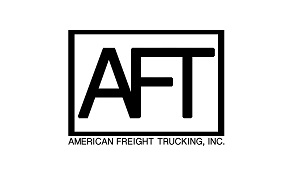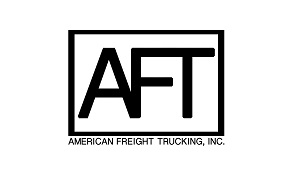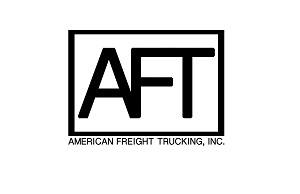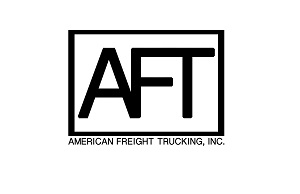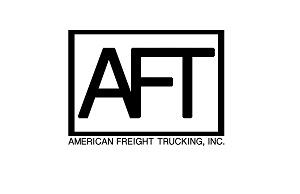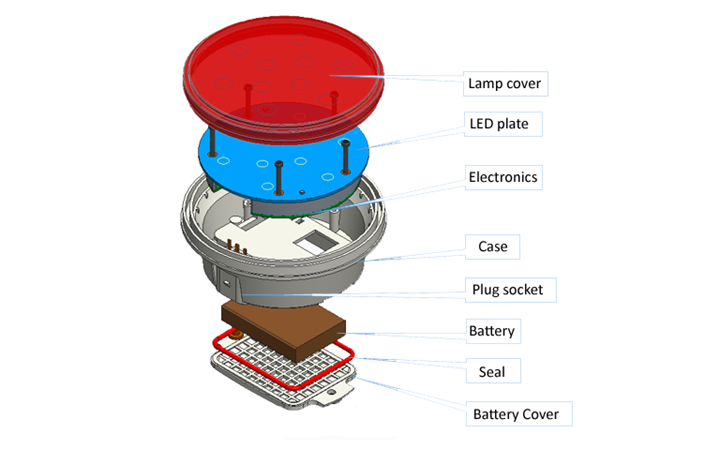Economic Watch: Durable Goods Mixed, New Home Sales Best in 9 Years

Shipments and new orders for long-lasting manufactured durable goods were varied in September. While home sales continue growing, one key economic indicator fell.
The increase of 0.8% in shipments last month is the third in the last four months and was led by a 2.3% increase in transportation orders.
In contrast, new orders for manufactured durable goods dropped 0.1%, led by a 0.8% drop in transportation equipment orders. That follows a 0.3% overall August improvement. Excluding transportation, new orders increased 0.2%. Excluding defense, new orders increased 0.7%
The overall September drop is smaller than a 0.6% decline expected by a panel of economists surveyed by The Wall Street Journal.
Orders for nondefense capital goods excluding aircraft, a proxy of business investment, fell 1.2% following three straight months of gains. It's 3.9% lower so far this year compared to the first nine months of last year.
“Machinery orders are just beginning to climb out of the hole created by the collapse of manufacturing activity in response to the strong dollar and oil bust," said Diane Swonk, analyst at DS Economics. “In fact, investment appears to have bottomed in the oil industry; we saw signs of a modest turnaround over the summer, which we expect to gain momentum in 2017.”
On a more positive note, a preliminary report released a few days earlier showed manufacturing has recovered at least somewhat this month. The Flash U.S. Manufacturing Purchasing Managers' Index from the financial information services provider IHS Markit rebounded to a level of 53.2 in October, from a three-month low of 51.5 in September.
Single-Family Home Sales Nearly 30% HigherSales of new single-family homes in the U.S. unexpectedly jumped in September, according to new Commerce Department figures, hitting the second highest level since the Great Recession.
The seasonally adjusted annual rate of 593,000 is 3.1% above ...Read the rest of this story

